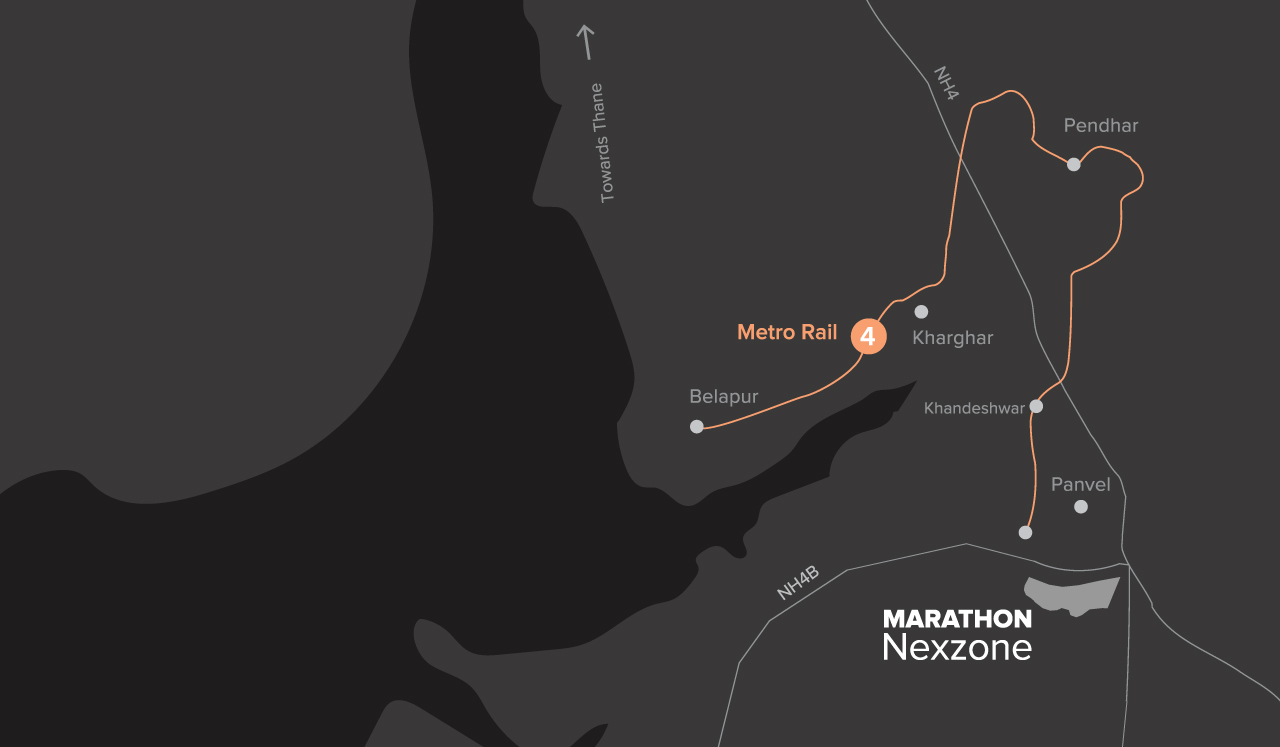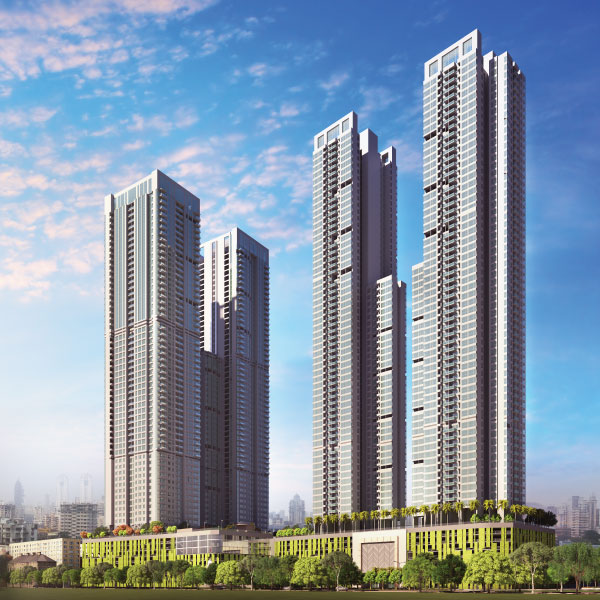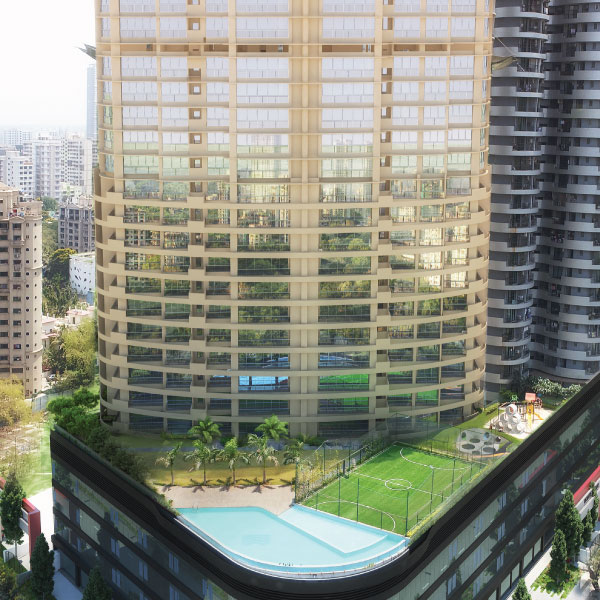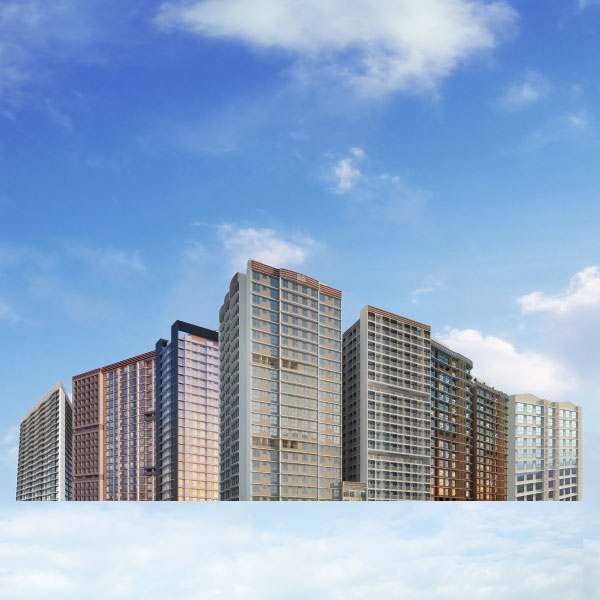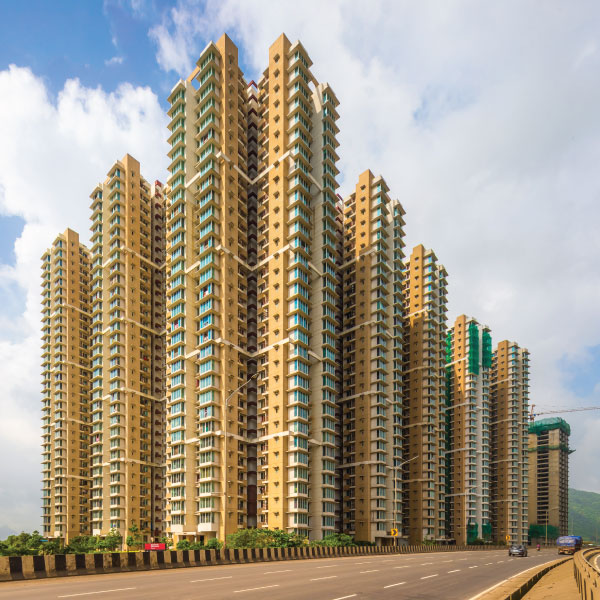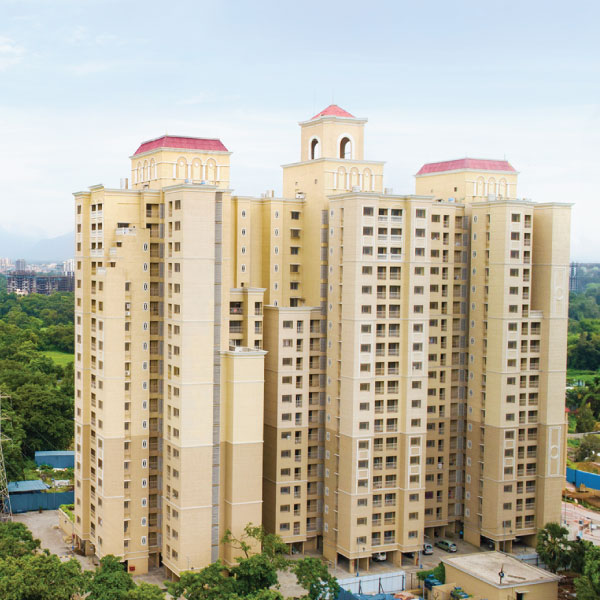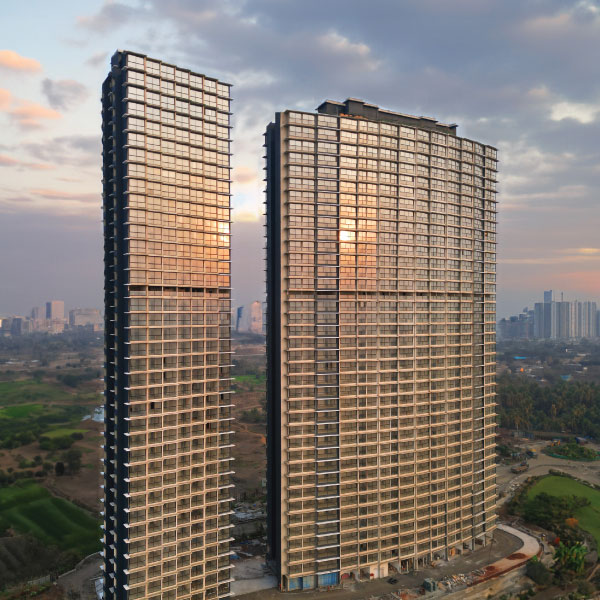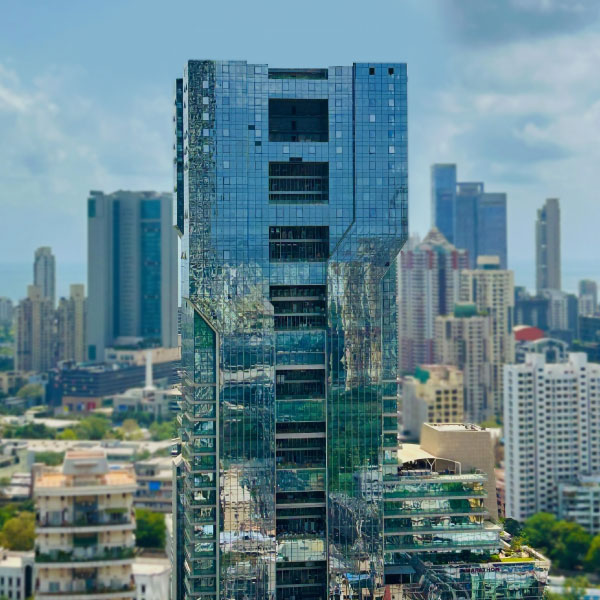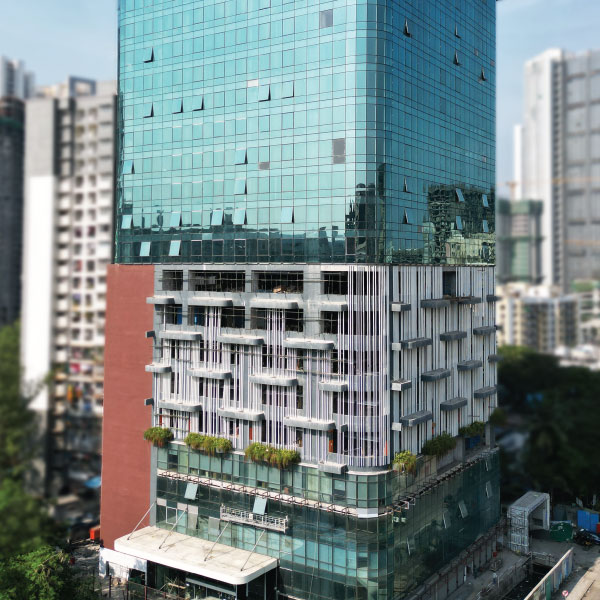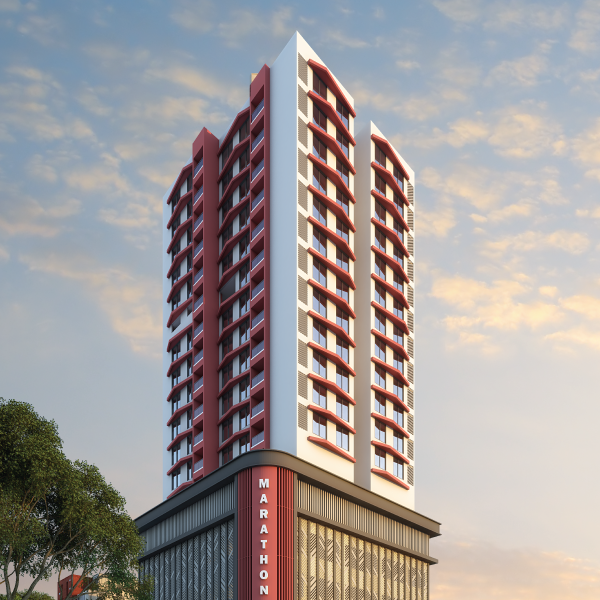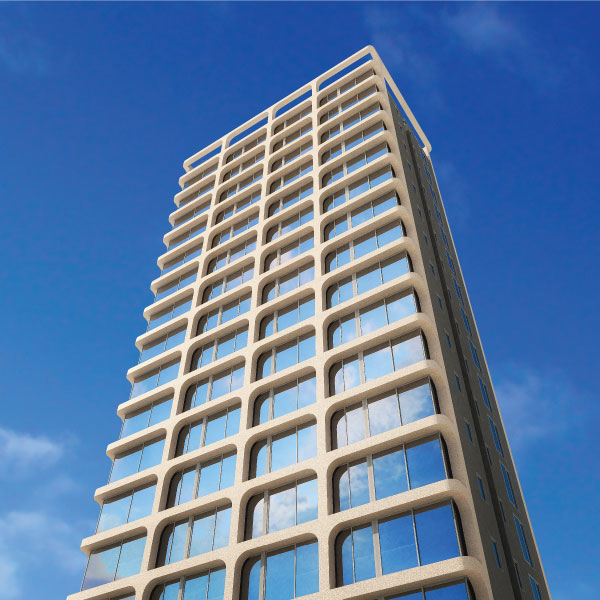Navi Mumbai Metro – Everything you need to know
Last Updated on, January 24th, 2024
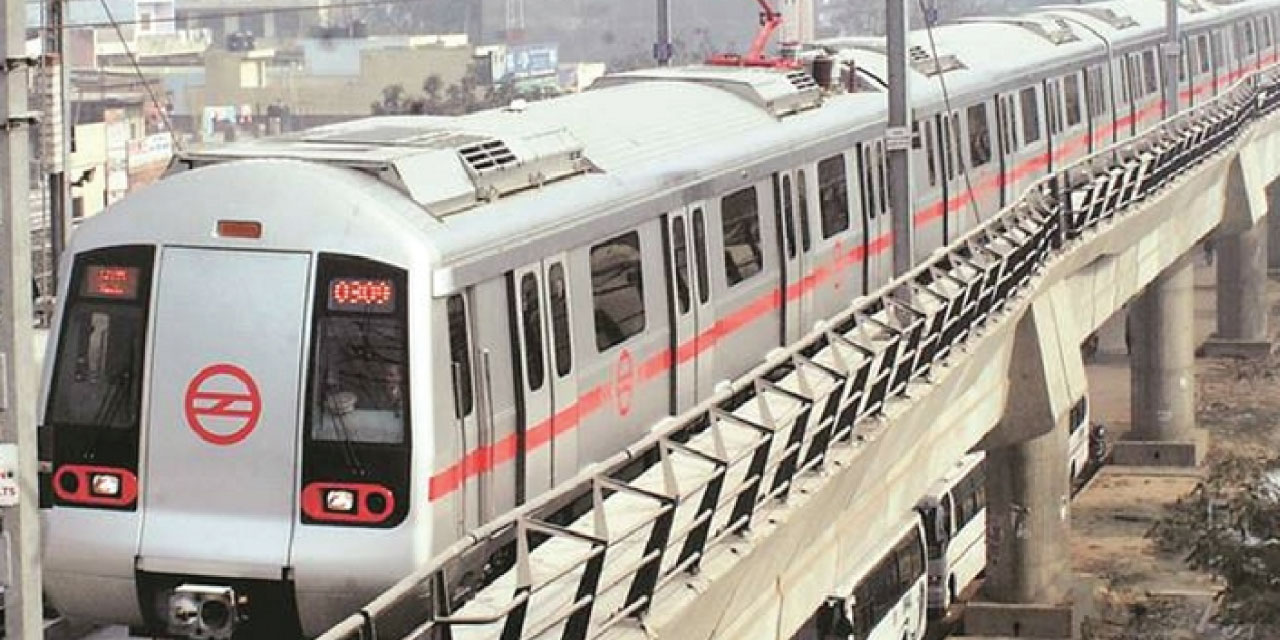
Navi Mumbai Metro – Project Plan
Navi Mumbai metro will have 5 lines. Line 1 is operational and funded by CIDCO. Line 2 and 3 will be funded by NMMC and MMRDA, respectively. There is no visibility yet on Line 5.
The estimated cost of Line 1 is 4,068 crores. The length of Line 1 will be 23.40 kilometres and it will have 20 stations. Line 1 will be developed in 3 phases.
Phase I – Belapur-to-Pendhar traversing having 11 stations across 11.1 km. This line is already operational.
Phase II – MIDC Taloja-to–Khandeshwar (extension to Airport proposed) having 8 stations across 10.3km
Phase III – a 2 km Interlink between Pendhar & MIDC
Once operational, the Navi Mumbai Metro will serve one lakh people every day by 2027.
Impact Of Navi Mumbai Metro on Real Estate
The Navi Mumbai Metro will boost last mile connectivity. It will resolve traffic issues and also reduce the burden on central and harbour railway network.
The metro line passes through some prominent residential and industrial hubs of Navi Mumbai, like Belapur, Khargarh, Taloja, and many more. The metro connectivity will uplift the housing demand in these areas and the neighbouring areas like Panvel. Even the lesser known areas in this metro route can see a price appreciation of 10-30%.
In the past, we have seen that whenever a metro is located in a commercial area, even the prices of the residential localities in the vicinity appreciate because of the better connectivity. This was also seen during the first phase of the metro from Versova to Ghatkopar. Even in Navi Mumbai, the capital values of locality like Panvel, Khandeshwar, Kalamboli, Kamothe will see high appreciation.
To get a good return on investment, it is wise to invest in a project nearby to the upcoming metro line. Marathon Nexzone is a township project in Panvel. It has 1, 2, and 2.5 BHK homes with open spaces and recreational amenities like a swimming pool, clubhouse, gymnasium, and jogging track. It also has luxurious flats with valley facing views.
Current Status
The line 1 between CBD Belapur and Pendhar is operational. It was opened to the public on 17th November. As of December 2023, over 4 lakh people have used this metro in its first month of operation. The other 2 phases are in the planning stage.
The need
All metro cities of similar size across the globe has a fully functional rapid transit system which helps its resident commute daily without any kinks or glitches
The concept of Metro Rail or a rapid transit system is not new. The first to start with it was London in 1863. By world war I, most of the European cities as well as America were using some form of rapid transit system including the likes of Athens, New York, Paris, Hamburg, Boston & many more. The first to start the same in India, was Kolkata. The Kolkata Metro has been functional since 1984. After the success of the Delhi Metro Rail, Mumbai moved quickly to start line 1 between Ghatkopar & Versova. The rapid growth of Navi Mumbai over the past decade, has made a separate Metro ecosystem imperative in Mumbai’s satellite city.
The rapid growth of Navi Mumbai over the past decade, has made a separate Metro ecosystem imperative in Mumbai’s satellite city.
Navi Mumbai Metro – History
The Government of Maharashtra named CIDCO as the implementing agency on 30th September 2010. Mr Prithviraj Chavan, former Chief Minister of Maharashtra laid the foundation stone on 1st May 2011 and post that, the general foundation work started. CIDCO also released a master plan in 2012.
However, the project ran into various delays because of contractor issues and the agitation by locals in the affected area against the land acquisition by CIDCO.
Apart from Corridor 1, RITES had also submitted an interim report for the construction of the other 3 lines. These lines will connect the upcoming Navi Mumbai Airport with Uran via Panval and Seawoods. The other line will connect the upcoming Airport to Mumbai’s metro line at Mankhurd.


